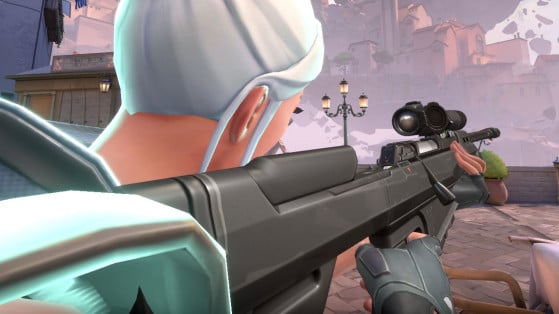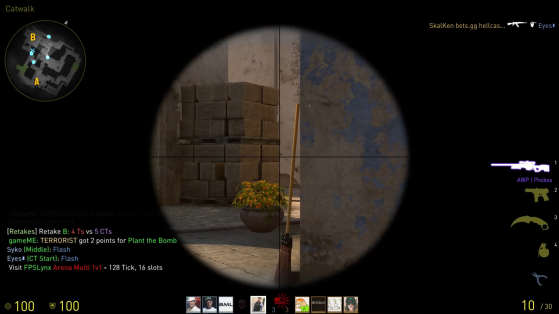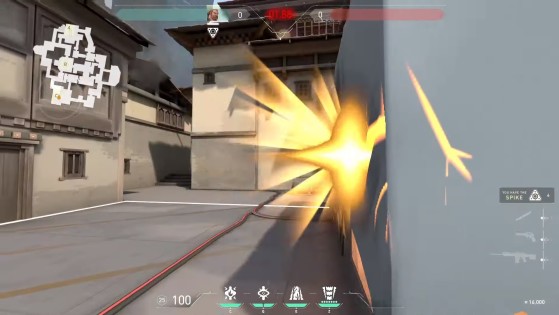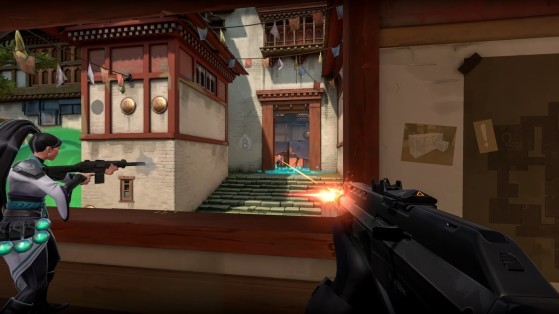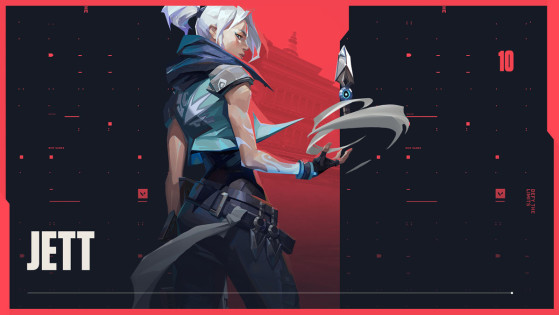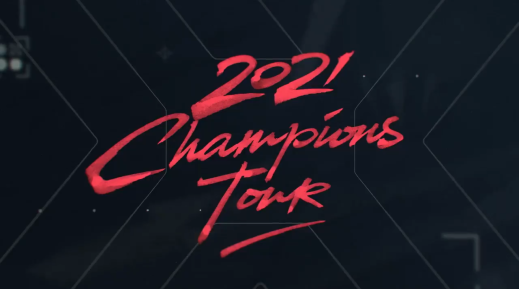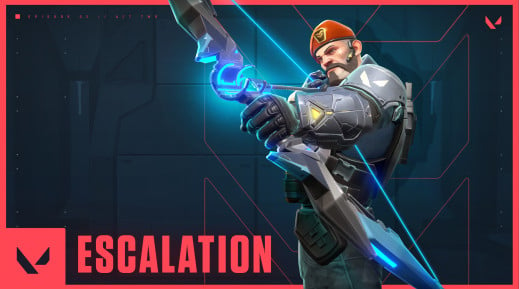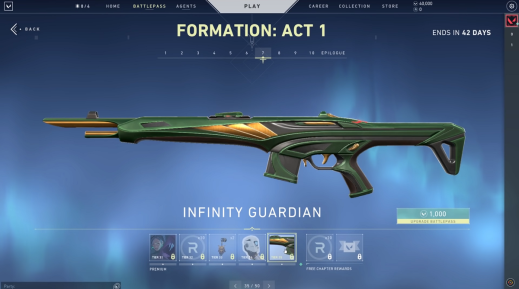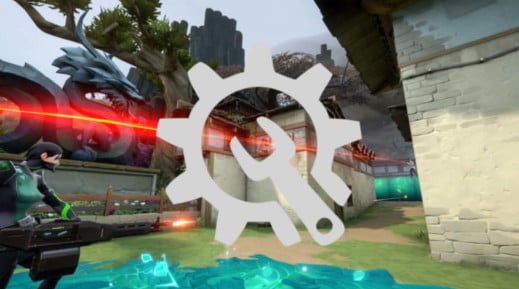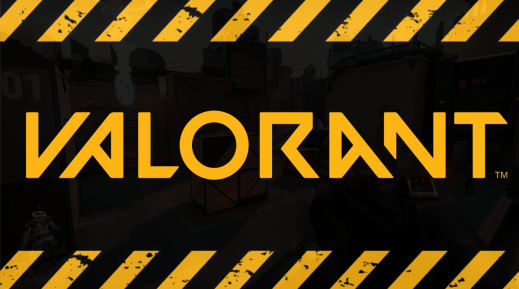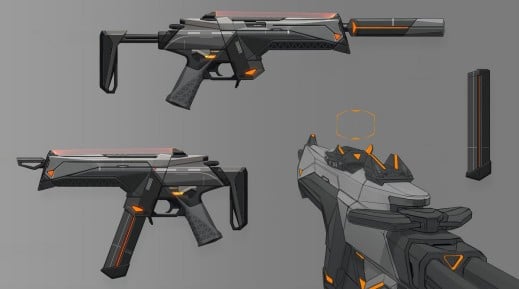Valorant is already ruthless under normal circumstances, but the gaming experience is rarely tougher than when you find yourself in the scope of an Operator. The weapon kills with one bullet through heavy armor, displays less than a second delay between shots, and provides the scope that goes well to be devastating at any distance. Inevitably, the rest of the armory looks nice on the side.
The Operator can wreak havoc even in the hands of the first silver player that comes along, so you can imagine that on the pros' side, it's not necessarily a pleasure.
However, the AWP — its counterpart in CS:GO — doesn't unleash passions as much. The Operator shoots a little faster, carries fewer bullets and has a crosshair that makes quickscopeing easier. After all those little details, it's practically the same weapon. How, then, can the Operator have such a disproportionate impact?
Gotta go fast
The reason is that the methods that exist in CS:GO to counter the AWP are either unavailable or much less effective in Valorant.
The first of these methods is displacement. As obvious as it sounds, hitting a fast target is difficult, and CS:GO characters are very fast. When a CS:GO player model moves, his/her acceleration is about 10x that of Usain Bolt in the first second of a race. This is so much so that Jigglepeek — which consists of showing a piece of shoulder before disappearing to make the opposing sniper fire into the void — is a technique as viable as it's widespread.
In Valorant, the acceleration is lower, the maximum speed is lower, even the squatting speed is lower. A Valorant player model has the advantage of limiting the peeker's advantage, but it also makes life easier for snipers.
Utilities
You have Jigglepeek, confirmed the presence of an awper, and you missed the window to kill it during the reload animation. The enemy is holding the line again and you don't want to rotate. What do you do? It's time to either peek at a bunch of people or use the utility, and as counter-intuitive as it may be, there's a lot more of it in CS:GO and its realistic setting than in Valorant and its power agents.
Your Valorant compo will probably carry one or two smokes agents and one or two flash agents, for an average of four or five smokes and flashes for the whole team. A full buy in CS:GO is five smokes and ten flashes. It's more utilities, and more importantly, it's better distributed utility. Any player spotting a line held by an AWP can use his/her own grenades to try to advance. Since cooperation doesn't reign in solo queue, the chances of a Valorant player trying to push an Operator without having the tools to do so are much higher than in CS:GO. For snipers it's a real gift.
The efficiency of utilities is also not the same. A flash in the face in CS:GO isn't fun: two seconds of complete blinding and a total of five seconds before the effects disappear completely. They can be charged to fart at the fraction of a second when they enter your field of vision and launched in a bell at one meter as well as from a long distance over rooftops. In comparison, Omen and Phoenix only blind for one second while Breach can't do anything without a dedicated surface.
CS:GO flashes are more versatile, more effective and twice as numerous in each round as the Valorant flashes.
To make matters worse, the unique nature of Valorant's agents sometimes allows them to avoid the utilities that are sent to them. This smoke placed Haven B to blind the defender standing at the door will be of no use against Jett or Omen who used their abilities to get on the box in the middle of the point.
What to do then?
Difficult to say, because it's easy to find a counter-argument to all the proposals.
- Increase the price of the Operator: a weak solution and even if the weapon will be less visible in-game, when it will be chosen it will still be as frustrating.
- Removing the Operator from the game: undesirable for Riot Games who deprives itself of the most emblematic weapon of the game.
- Limit the number of Operators to one per team: the community doesn't like to be limited in the way they play.
- Reduce the size of the magazine to force a full reload every one or two shots: tempting but it deprives players of their moment when five well-smelling Operator shots decimate an entire team.
- Waiting to have more agents able to counter the Operator: probably the best solution. It has two drawbacks: the time needed to implement it and the promise of a power creep that will make the current agents obsolete.
The dominance of the Operator is an unintended consequence of the changes that Valorant has made to the CS:GO formula. Luckily for Riot, the weapon is spectacular to look at in competition and only becomes truly unmanageable in expert hands. Developers aren't risking revolt in the immediate future and will be able to use the next few months to figure out how to make the Operator less efficient.
Original content by Augustin "Review" Heliot.
